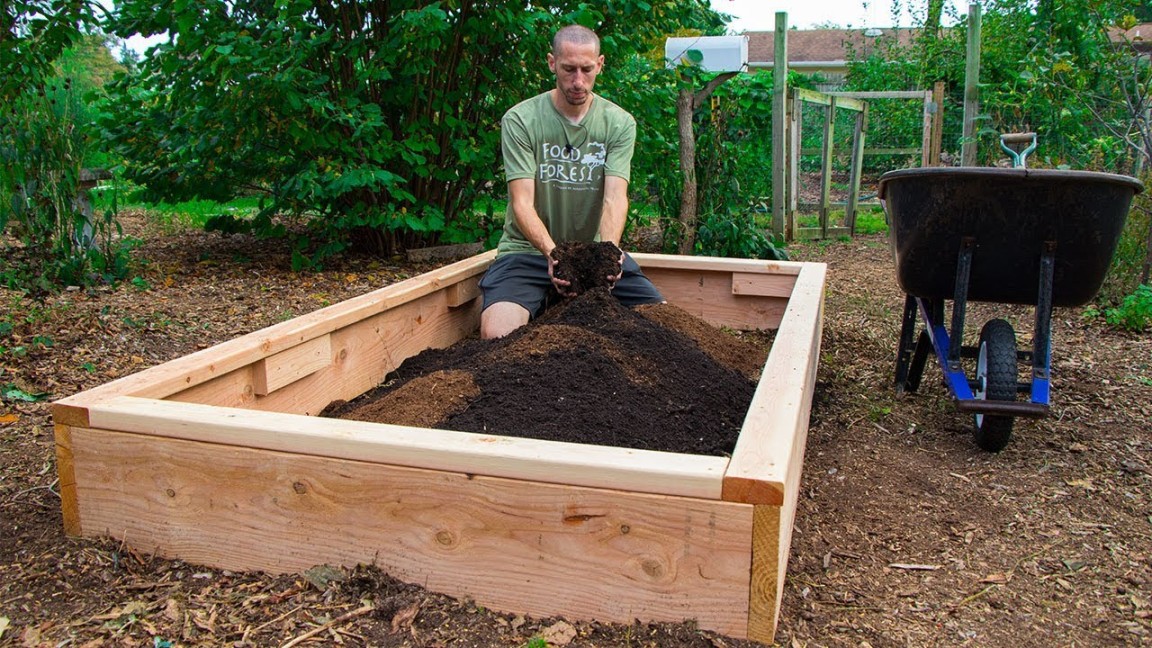Easy Raised Beds: A Beginner’s Guide to Elevated Gardening
Raised beds offer numerous advantages for gardeners of all experience levels. They provide better drainage, warmer soil, and easier access, making gardening more enjoyable and productive. This guide will walk you through the simple steps of creating your own raised bed garden.
The first step is to select an ideal location for your raised bed. Choose a spot that receives ample sunlight, preferably at least six hours per day. Avoid areas with heavy shade, as plants require sunlight for photosynthesis. Additionally, consider the proximity to a water source to facilitate easy watering.
You’ll need a few essential materials to construct your raised bed:
1. Measure and Cut: Determine the desired dimensions of your raised bed and cut the lumber accordingly.
2. Assemble the Frame: Connect the wood pieces using screws or nails to form a rectangular frame.
3. Line the Bed: Place landscape fabric inside the frame to create a barrier against weeds.
4. Fill with Soil: Fill the bed with a rich, well-draining soil mixture.
Once your raised bed is ready, it’s time to plant your favorite vegetables, herbs, or flowers. Consider the sunlight requirements of your chosen plants and space them appropriately. Water your newly planted garden regularly, especially during dry periods.
Weeding: Regularly remove weeds to prevent competition for nutrients and water.
Raised bed gardening is a rewarding and accessible way to grow your own food or flowers. By following these simple steps, you can create a beautiful and productive garden that will bring joy to your home. Remember to choose the right location, use quality materials, and maintain your bed regularly for optimal results.

